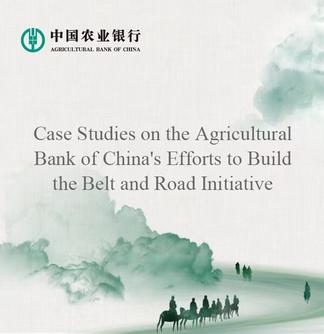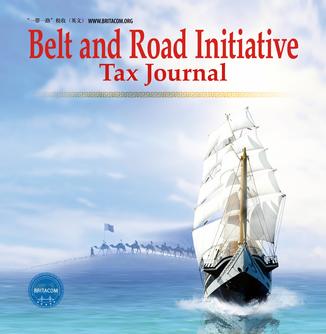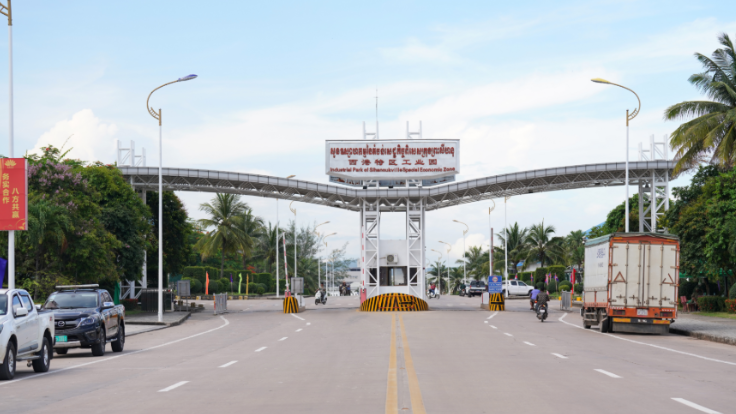PHNOM PENH, Oct. 8 (Xinhua) -- BRICS and China's Belt and Road Initiative (BRI) have played vital roles in helping build infrastructure, understanding, and solidarity among the countries of the Global South, a Cambodian official and an expert said here on Wednesday.
Eng Kok Thay, a secretary of state of the Council of Ministers, said across Asia, Africa, and Latin America, nations of the Global South are no longer content to stand at the margins of world affairs.
"Through new platforms like BRICS and the Belt and Road Initiative, we are building the roads, the ports, and the partnerships that make development possible," he said at the fourth Phnom Penh Forum hosted by the International Relations Institute of Cambodia, an arm of the Royal Academy of Cambodia.
For the Association of Southeast Asian Nations (ASEAN), BRICS and BRI bring the great promise of deeper connectivity, stronger trade, and financial diversification, said Kok Thay.
"ASEAN stands before an extraordinary window of opportunity. From the China-Laos Railway to the Jakarta-Bandung High-Speed Rail, BRI is closing the infrastructure gap that has long held back our region," Kok Thay said.
"If integrated with ASEAN's Master Plan on Connectivity 2025, these projects can form a seamless Pan-Asian economic corridor," he added.
The official said that through the BRI, Cambodia has achieved historic progress.
The Phnom Penh-Sihanoukville Expressway, Cambodia's first modern highway, has cut travel time from five hours to just two.
"It has opened trade corridors, boosted logistics, and brought opportunities to communities along its route," he said.
Moreover, he added that the Sihanoukville Special Economy Zone has currently hosted more than 200 enterprises, creating tens of thousands of jobs and turning Cambodia's southern coast into a vibrant manufacturing hub.
"Energy projects -- from hydropower to solar farms -- and the expansion of 5G networks are laying the foundations for a digital and green economy," Kok Thay said.
"Through BRI engagement, Cambodia has diversified not only its trade and investment, but also its access to development finance -- allowing us to pursue progress without dependency," he added.
Kok Thay said beyond infrastructure, the BRI has empowered people and that scholarships, technical training, and technology transfers have given young Cambodians the skills to compete in a modern world.
"The BRICS and BRI frameworks give us tools not only to build infrastructure, but to build understanding and solidarity among nations of the Global South," he said. "Let us therefore commit together to turning borders into bridges, and rivalries into partnerships to transform the Global South into a true community with a shared future."
Kin Phea, director general of the International Relations Institute of Cambodia, said BRICS framework, BRI, the Asian Infrastructure Investment Bank (AIIB), and Lancang-Mekong Cooperation are engines for regional growth and integration.
"In South-South cooperation, the potential of frameworks like the BRICS, BRI, and the AIIB to act as engines for regional growth and infrastructure development is undeniable," he said.
"South-South cooperation is most effective when it complements ASEAN's own integration agenda, enhances inclusivity, and strengthens resilience against external shocks," he added.




 A single purchase
A single purchase









